As long as the tape is made of paper, it can be recycled. Unfortunately, many of the most popular types of tape are not included. However, this does not mean that you cannot put the tape in the recycling bin at all-depending on the type of tape and the requirements of the local recycling center, it is sometimes possible to recycle materials such as cardboard and paper that still have tape attached. Learn more about recyclable tape, other environmentally friendly alternatives, and ways to avoid tape waste.
Recyclable tape
Some recyclable or biodegradable tape options are made of paper and natural adhesives instead of plastic.
Adhesive paper tape, also known as water active tape (WAT), is usually made of paper materials and water-based chemical adhesives. You may be familiar with this type of tape, or even not know it—large online retailers often use it.
As the name suggests, WAT needs to be activated with water, just like old stamps. It comes in large rolls and must be placed in a custom-made dispenser that is responsible for wetting the adhesive surface to make it stick (although some retailers also offer home versions that can be wetted with a sponge). After use, the glued paper tape will be cleanly removed or torn without leaving sticky residue on the box.
There are two types of WAT: non-reinforced and reinforced. The former is used to transport and pack lighter objects. A stronger variety, reinforced WAT, is embedded fiberglass strands, making it harder to tear and able to withstand heavier loads. The reinforced WAT paper can still be recycled, but the fiberglass component will be filtered out during the recycling process.
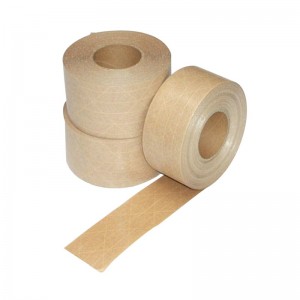
Self-adhesive kraft paper tape is another recyclable option, which is also made of paper but uses an adhesive based on natural rubber or hot melt glue. Like WAT, it is available in standard and reinforced versions, but does not require a custom dispenser.
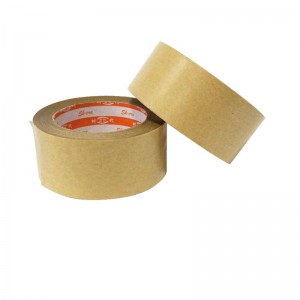
If you use any of these paper products, just add them to your ordinary roadside recycling bin. Keep in mind that small pieces of tape, like small pieces of paper and shredded paper, may not be recyclable because they may ball up and damage the device. Instead of removing tape from boxes and attempting to recycle it on its own, leave it attached for easier recycling.
Biodegradable tape
New technologies have also opened the door to biodegradable and more environmentally friendly options. Cellulose tape has been sold in our domestic markets. After 180 days of soil testing, the materials were completely biodegraded.
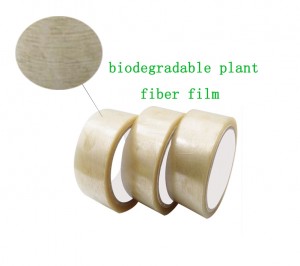
How to do with the tape on the packaging
Most of the discarded tape is already stuck to something else, such as a cardboard box or a piece of paper. The recycling process filters out tape, labels, staples, and similar materials, so a reasonable amount of tape usually works perfectly. However, in these cases, there is a problem. The plastic tape is filtered out and discarded in the process, so although it can enter the recycling bins of most cities, it will not be recycled into new materials.
Usually, too much tape on the box or paper will cause the recycling machine to stick. According to the equipment of the recycling center, even too much paper backing tape (such as masking tape) will cause the entire package to be thrown away instead of risking the machine to block.
Plastic tape
Traditional plastic tape is not recyclable. These plastic tapes can contain PVC or polypropylene, and they can be recycled together with other plastic films, but they are too thin and too small to be separated and processed into tapes. Plastic tape dispensers are also difficult to recycle—and therefore not accepted by most recycling centers—because the facility does not have the equipment to sort them.
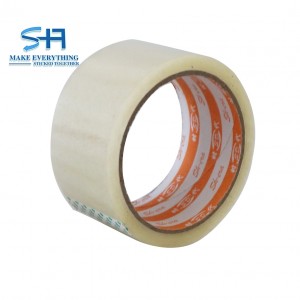
Painter’s tape and masking tape
Painter’s tape and masking tape are very similar and are often made with a crepe paper or polymer film backing. The main difference is the adhesive, typically a synthetic latex-based material. Painter’s tape has a lower tack and is designed to remove cleanly, while the rubber adhesive used in masking tape may leave a sticky residue. These tapes are generally not recyclable unless specifically stated in their packaging.
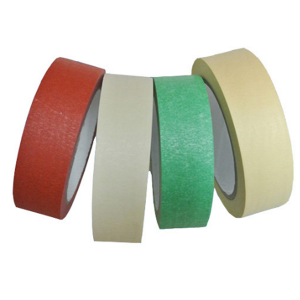
Duct tape
Duct tape is the best friend of reuser’s. There are many items in your home and backyard that can be repaired by quickly using tape instead of buying a brand new product.
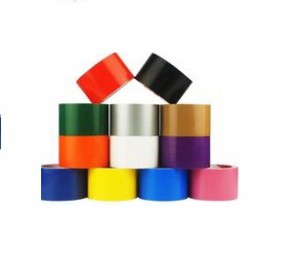
Duct tape is made of three main raw materials: adhesive, fabric reinforcement (scrim) and polyethylene (backing). Although polyethylene itself can be recycled with similar #2 plastic film, it cannot be separated once it is combined with other components. Therefore, the tape is also not recyclable.
Ways to reduce tape usage
Most of us find ourselves reaching for tape when packing boxes, sending mail, or wrapping gifts. Trying these techniques can reduce your tape usage, so you don’t have to worry about recycling it at all.
Shipping
In packaging and transportation, tape is almost always overused. Before you go to seal the package, ask yourself if you really need to wrap it so tightly. There are many environmentally friendly alternatives to traditional packaging materials, from self-sealing paper mail to compostable pouches.
Gift wrap
For holidays, choose one of the many tape-free packaging options, such as furoshiki (Japanese fabric folding technology that allows you to wrap items in fabric), reusable bags, or one of the many environmentally friendly wrappers that do not require bonding Agent.
Post time: Jun-01-2021




